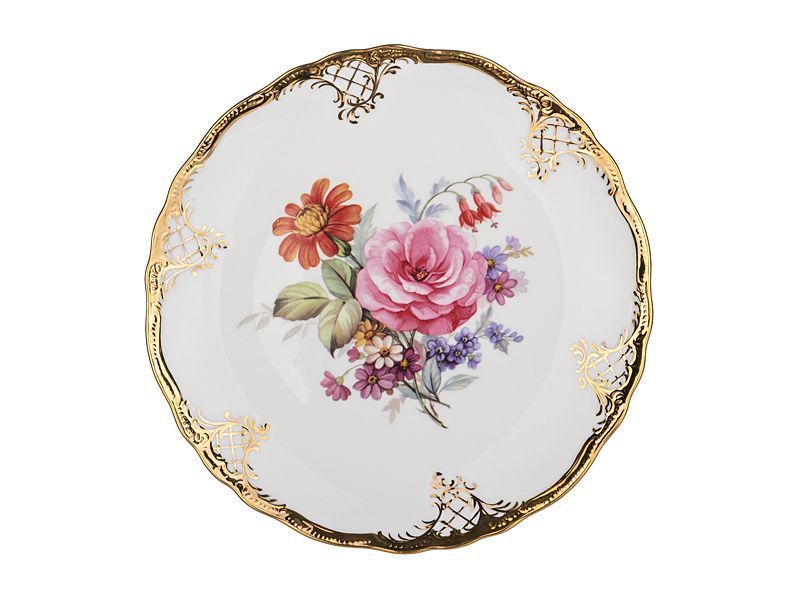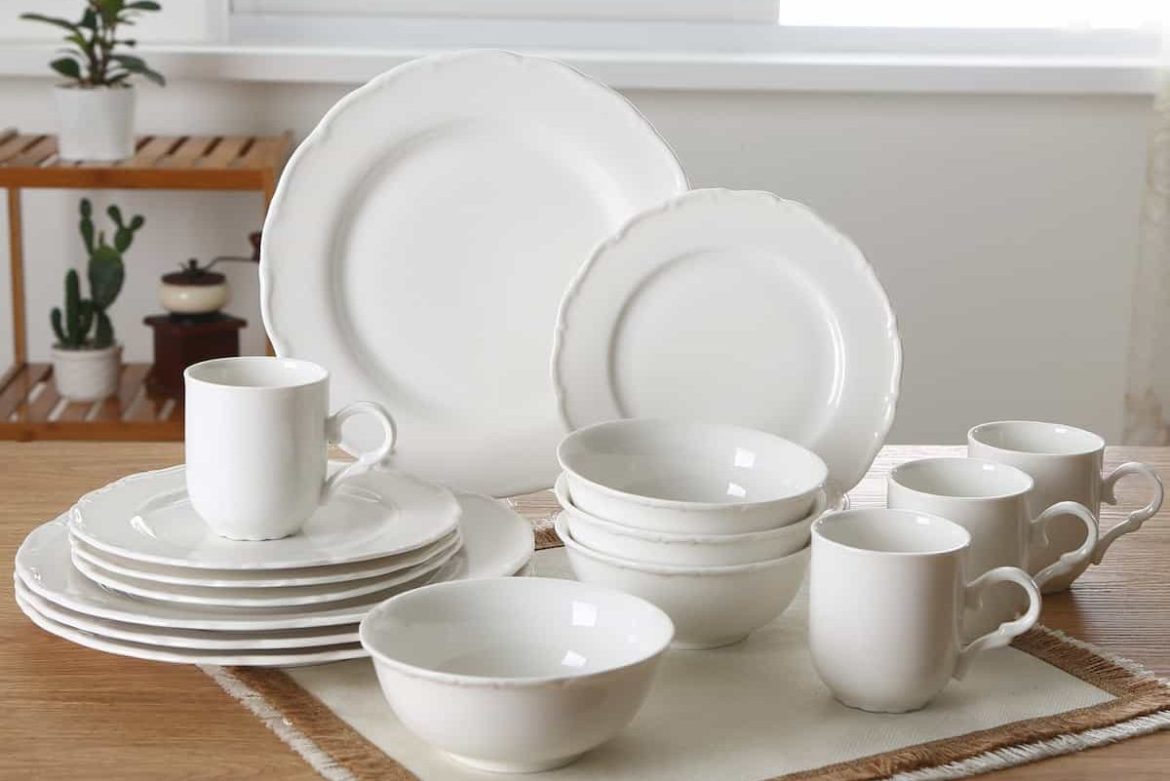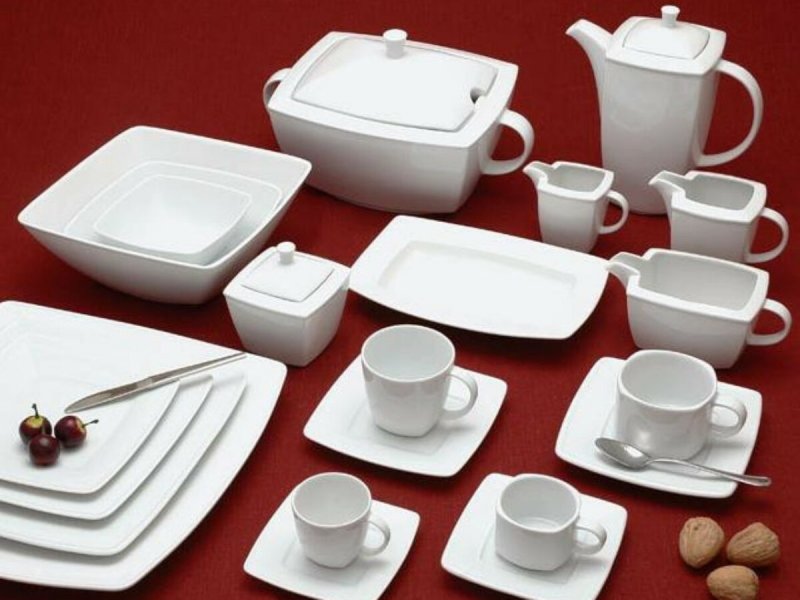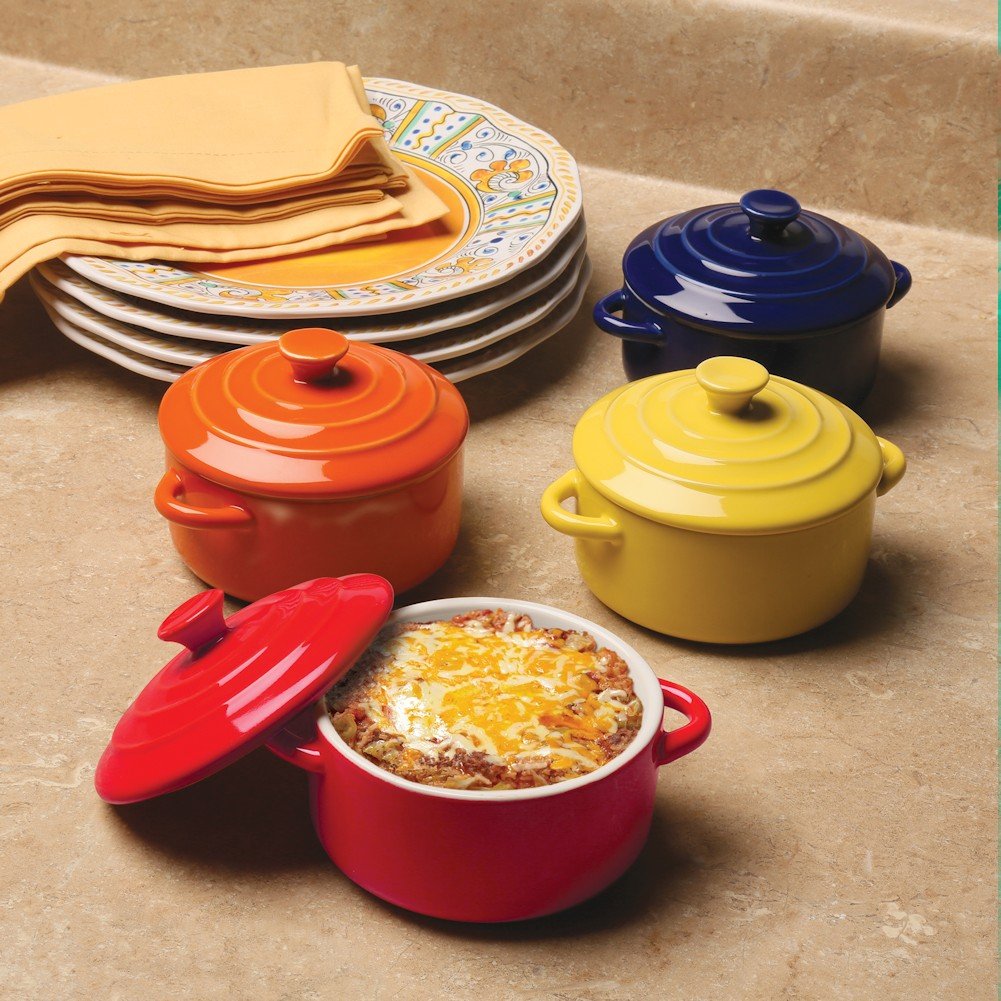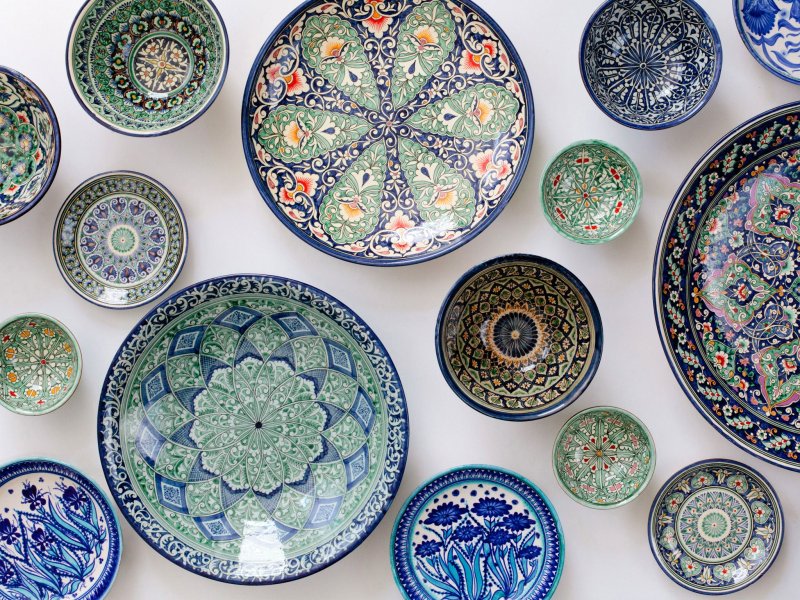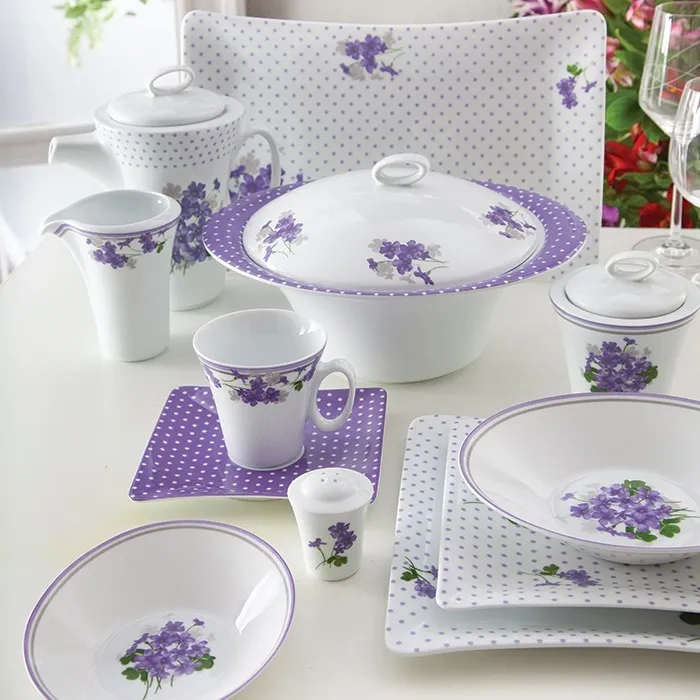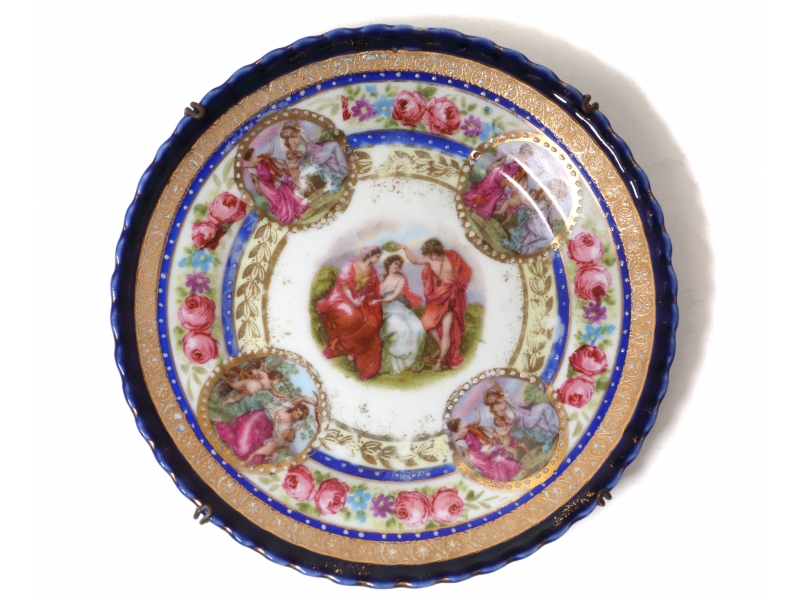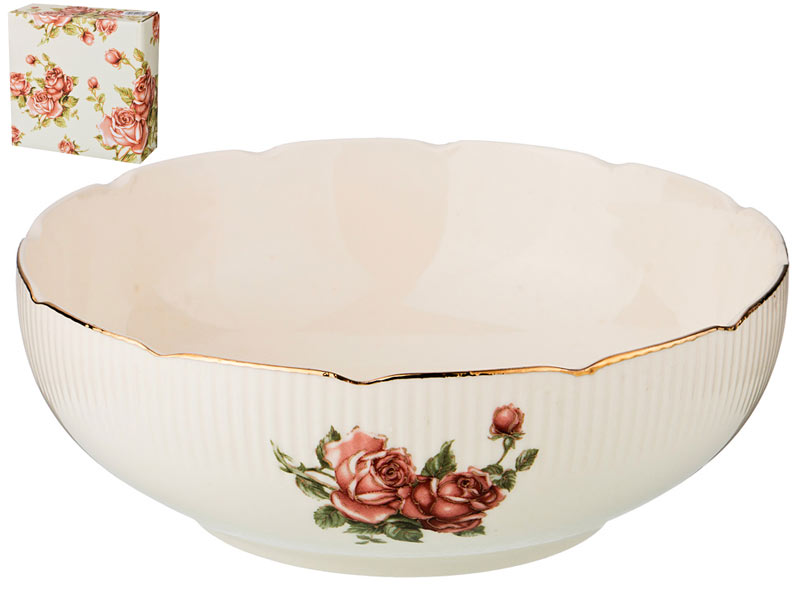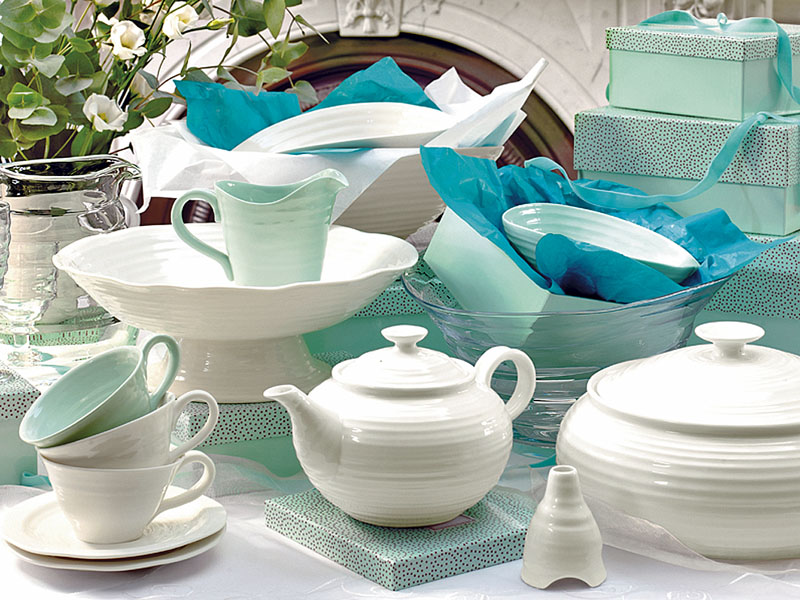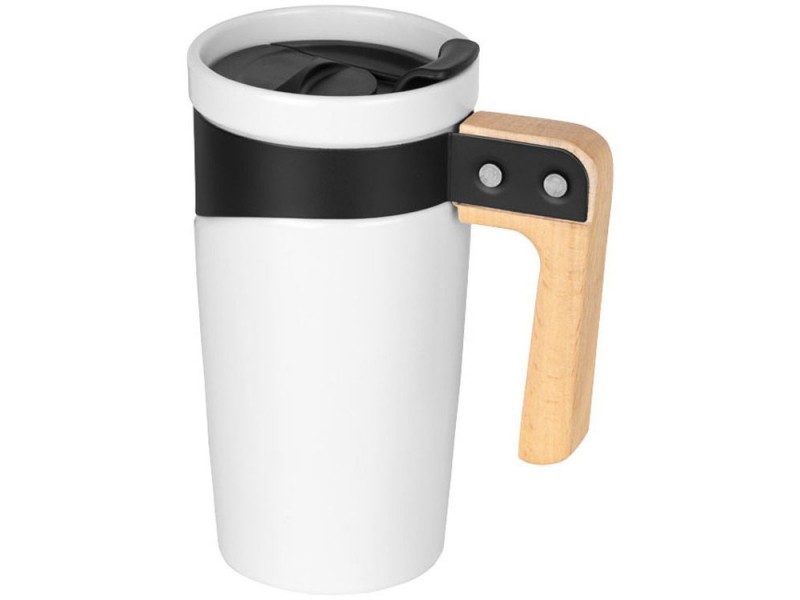Microwave Safety and More
Introduction:
Porcelain plates have long been a staple in households worldwide due to their elegance, durability, and versatility. However, when it comes to using porcelain plates in the microwave, there has been some confusion and concern about their safety. In this article, we will delve into the topic of porcelain plates and their microwave safety, exploring the factors that determine whether or not a porcelain plate is microwave safe, tips for using them safely, and alternative options for those who prefer to avoid any potential risks.
1. Understanding Microwave Safety in Porcelain Plates:
When it comes to microwave safety, understanding the materials used in the production of porcelain plates is crucial. Porcelain is a type of ceramic made from clay, sand, and other materials that are fired at high temperatures. While porcelain plates are generally safe for microwave use, some factors determine their specific microwave safety:
a) Glaze Composition: The glaze used on porcelain plates can vary in its microwave compatibility. Some glazes contain substances like lead or other metallic elements that can cause reactions when exposed to microwave radiation. To ensure microwave safety, it is essential to choose porcelain plates with a food-grade, microwave-safe glaze.
b) Thickness and Quality: The thickness and quality of the porcelain also play a role in its microwave safety. Thin or poorly made porcelain plates may crack or shatter when exposed to the rapid heating and cooling process of the microwave, posing a potential danger. Opting for thicker and high-quality porcelain plates can reduce the risk of breakage.
2. Identifying Microwave-Safe Porcelain Plates:
To determine whether a porcelain plate is microwave safe, consider the following factors:
a) Manufacturer’s Instructions: Review the manufacturer’s instructions or packaging for any indications of microwave safety. Some porcelain plates may explicitly state that they are microwave safe, having undergone testing to ensure their compatibility.
b) Microwave-Safe Symbol: Look for the microwave-safe symbol on the plate itself. This symbol typically consists of wavy lines or similar microwave-specific iconography. Products with this symbol have been tested and deemed safe for use in the microwave.
c) Testing: If no instructions or symbols are present, perform a simple test. Place the porcelain plate in the microwave alongside a microwave-safe container filled with water. Heat it for a short period, such as 30 seconds, and check the temperature of the plate. If it remains cool while the water heats up, it is likely microwave safe. However, if the plate becomes hot, it is not microwave safe.
3. Tips for Using Porcelain Plates Safely in the Microwave:
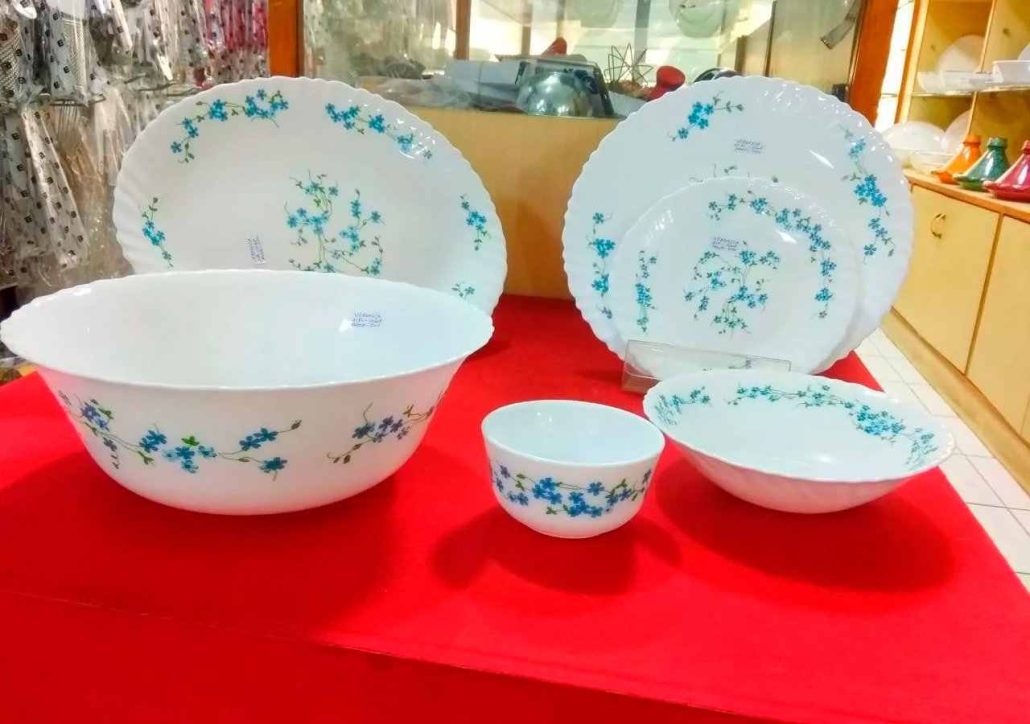
When using porcelain plates in the microwave, it is essential to exercise certain precautions to ensure safety:
a) Avoid Overheating: Porcelain plates should never be exposed to prolonged or excessive heat in the microwave. This can lead to uneven heating, causing temperature gradients that may result in the plate cracking or breaking.
b) Do Not Use with Metallic Accents: Porcelain plates with metallic accents or trimmings should not be used in the microwave. The metal can cause intense sparking and potential damage to the microwave or the plate itself.
c) Use Microwave-Safe Covers: When reheating or defrosting food, use microwave-safe covers to prevent splattering and ensure even heating. Avoid using plastic wrap directly on porcelain plates as it may melt or release harmful toxins.
d) Monitor for Cracks or Damage: Regularly inspect your porcelain plates for any signs of cracks or damage. Even minor cracks can expand when exposed to the intense heat of the microwave, leading to breakage or potential harm.
4. Alternatives to Porcelain Plates:
For those who prefer to err on the side of caution or have concerns about using any type of ceramic material in the microwave, several alternative options are available:
a) Glass Plates: Glass plates are microwave safe and offer similar aesthetics to porcelain plates. They are resistant to staining, do not react to acidic foods, and are generally more durable than porcelain.
b) Silicone Plates: Silicone plates are a safe and convenient alternative. They are lightweight, microwave-safe, and have the added flexibility of being collapsible for easy storage.
c) Ceramic-Coated Metal Plates: Several companies produce metal plates with a non-stick ceramic coating that is microwave safe. These plates can mimic the appearance of porcelain while offering the added benefits of metal durability and insulation.
Conclusion:
Porcelain plates are a popular choice for their aesthetic appeal and durability. While most porcelain plates are microwave safe, it is essential to consider various factors such as glaze composition, thickness, and quality. By following the guidelines presented in this article and exercising caution, you can use porcelain plates safely in the microwave. However, if you prefer to avoid any potential risks, there are several alternative options available, including glass plates, silicone plates, and ceramic-coated metal plates. Ultimately, choosing the right microwave-safe option for your needs ensures both convenience and peace of mind in your kitchen.Microwave-Safe Porcelain Plates: Exploring the Business Aspects
1. Market Demand for Microwave-Safe Porcelain Plates:
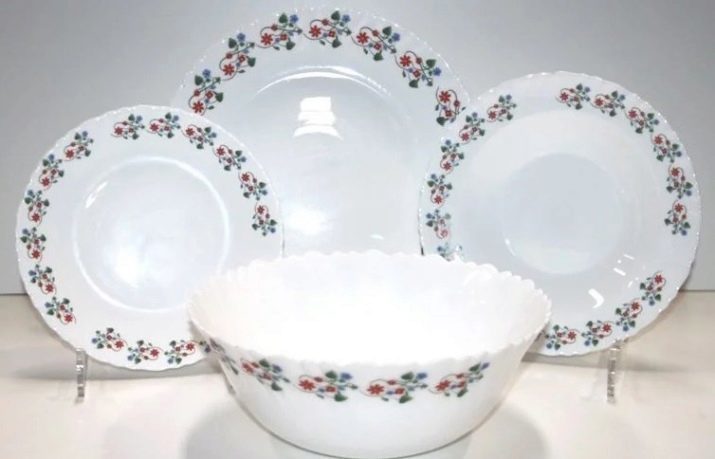
The market demand for microwave-safe porcelain plates has been steadily increasing as more consumers seek convenience and versatility in their kitchenware. Porcelain plates are favored for their aesthetic appeal, durability, and ability to elevate the dining experience. However, with the growing popularity of microwave cooking, the need for microwave-safe options has become a crucial consideration for buyers. Manufacturers and retailers have recognized this demand and are now offering a wide range of microwave-safe porcelain plates to cater to consumer preferences.
2. Manufacturing Processes and Quality Control:
To ensure microwave safety, manufacturers use specific manufacturing processes and adhere to rigorous quality control measures when producing porcelain plates. This includes utilizing food-grade glazes, carefully selecting raw materials, and subjecting the plates to thorough testing. By following these processes, manufacturers can guarantee that their porcelain plates meet the necessary safety standards and provide customers with confidence in their product.
3. Product Labeling and Packaging:
It is essential for manufacturers to clearly label porcelain plates as microwave safe to help consumers make informed decisions. Including microwave-safe symbols on the product packaging and labeling can alleviate any concerns about using porcelain plates in the microwave. Additionally, providing detailed instructions and information about the materials used in the manufacturing process can further enhance consumer trust and satisfaction.
4. Safety Certifications and Regulations:
Manufacturers of microwave-safe porcelain plates may obtain safety certifications from independent third-party organizations. These certifications, such as those from the Food and Drug Administration (FDA) or other regulatory bodies, provide reassurance to consumers that the products meet specific safety standards. Compliance with these regulations and certifications not only ensures the safety of the porcelain plates but also helps manufacturers build credibility and trust in the market.
5. Marketing and Branding Strategies:
In a competitive market, effective marketing and branding strategies play a vital role in differentiating microwave-safe porcelain plate manufacturers. Emphasizing the safety features, durability, and aesthetic appeal of the plates can attract consumers who value both functionality and style. Leveraging social media platforms, engaging influencers, and collaborating with renowned chefs or culinary experts can increase brand awareness and drive sales.
6. Pricing and Profit Margins:
When pricing microwave-safe porcelain plates, manufacturers must consider factors such as quality, brand reputation, production costs, and market demand. Premium brands that focus on superior quality, unique design, and using safe materials may price their products higher, targeting a niche market of discerning consumers. Other brands might adopt a more competitive pricing strategy by offering affordable options without compromising on safety features. Balancing pricing and profit margins is crucial to sustainability and growth in the highly competitive kitchenware market.
7. Customer Education and Support:
Manufacturers and retailers have a responsibility to educate customers about the safe use of microwave-safe porcelain plates. Providing comprehensive user manuals, online resources, and customer support services can help answer any questions or concerns that customers may have. By actively engaging with their target audience and addressing their needs, manufacturers can establish strong relationships and build loyal customer bases.
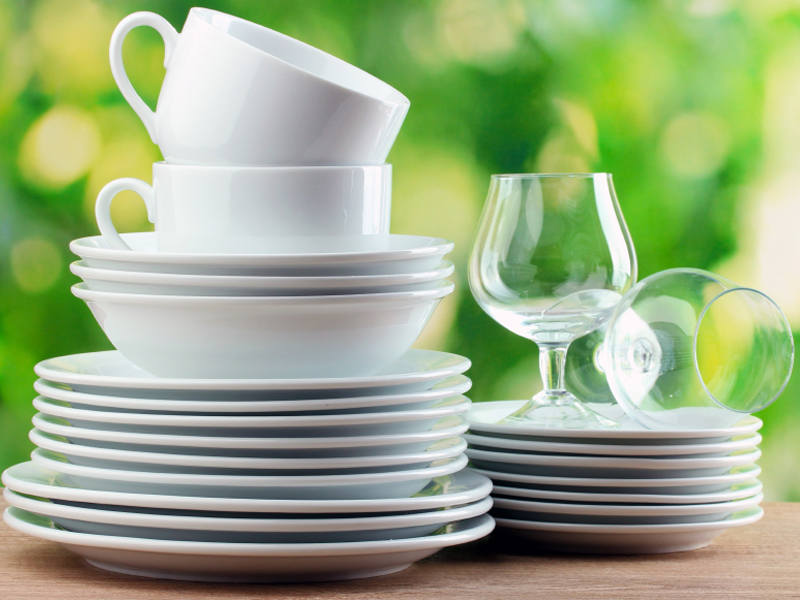
8. Collaboration with Microwave Manufacturers:
To enhance the microwave safety of porcelain plates, manufacturers may consider collaborating with microwave manufacturers. By working together, they can develop innovative technologies or design features that ensure optimum safety and performance for users. This collaboration can also include joint marketing efforts, cross-promotion, and product bundling to create a more holistic and convenient consumer experience.
9. Retail Partnerships and Distribution Channels:
Establishing partnerships with reputable retailers is crucial for manufacturers of microwave-safe porcelain plates. By leveraging existing distribution channels and retail networks, manufacturers can reach broader customer bases, both online and offline. Collaborating with retailers who specialize in kitchenware or home decor can help target specific market segments and increase brand visibility.
10. Expanding Product Lines:
In response to consumer demand for microwave-safe porcelain plates, manufacturers have an opportunity to expand their product lines. This can include introducing different sizes, shapes, and designs to cater to varying consumer preferences. Offering complementary products such as bowls, cups, and serving dishes can further enhance the usability and appeal of the product line.
11. Sustainability and Eco-Friendliness:
In recent years, there has been a growing trend towards sustainable and eco-friendly products in the kitchenware industry. Manufacturers of microwave-safe porcelain plates can tap into this market demand by adopting environmentally conscious practices. This includes using recycled materials, implementing energy-saving manufacturing processes, and reducing waste. By incorporating sustainability into their brand ethos, manufacturers can appeal to environmentally conscious consumers and differentiate themselves from competitors.
12. Feedback and Continuous Improvement:
To stay ahead in the market, manufacturers need to actively seek customer feedback and continuously improve their products. Engaging in market research, conducting surveys, and monitoring customer reviews can provide valuable insights into customer preferences, identify potential issues, and drive product improvements. By staying responsive and adaptive to consumer needs, manufacturers can maintain customer satisfaction and loyalty in the long run.
Conclusion:
Microwave-safe porcelain plates have become a significant aspect of the kitchenware industry, catering to the increasing demand for convenience and safety in microwave cooking. By understanding the market demand, investing in manufacturing processes and quality control, following safety regulations, implementing effective marketing strategies, and focusing on customer education and support, manufacturers of microwave-safe porcelain plates can thrive in this competitive marketplace. Continuous innovation, sustainability, and collaboration are key to staying ahead of the competition and meeting the evolving needs of consumers.
